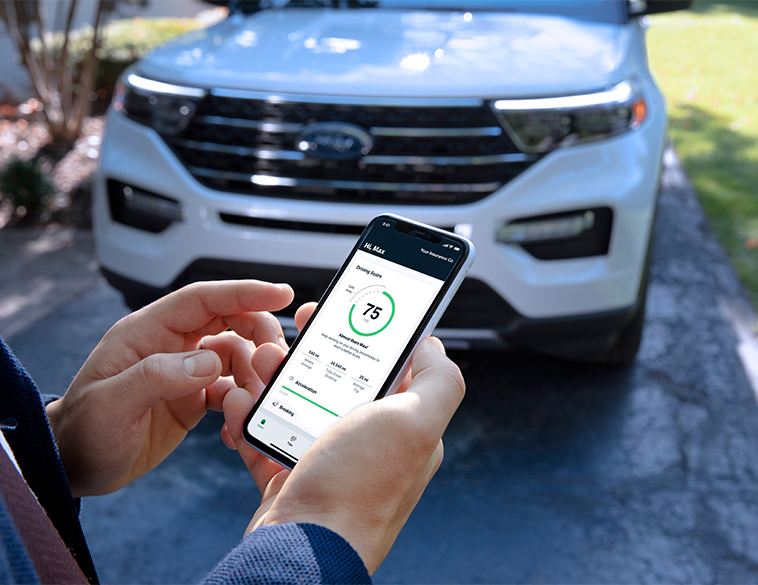If big data has you feeling overwhelmed, maybe it’s time to set some priorities.
Dealing with large volumes of data can be overwhelming for fleet professionals.
Today’s advanced technologies allow fleets to track an array of key performance indicators (KPI), sometimes leaving fleet managers wondering which ones they need to keep an eye on, and where they’re likely to get the biggest return on investment.
If you feel like you’re drinking from the proverbial firehose every time you review data from your fleet, you’re not alone.
Choosing what to review, which information to prioritize, and how best to digest the data will help alleviate some of the stress.
Tracking data
Sasha Arasteh, e-Mobility Services Manager for Shell Fleet Solutions, the Americas explains how tracking well-chosen data can have compounding benefits.
For instance, while location tracking of vehicles will allow fleets to identify the most efficient routes, it will also improve other KPIs.
“It can ultimately lead to shorter delivery times, a reduction in fuel consumption and harmful emissions, as well as improve safety,” she says.
Arasteh adds that telematics can provide insights into overall vehicle performance, which in turn will allow fleet managers to right-size their vehicles.
“They’ll know which vehicles are being over- and under-utilized, and with Shell Telematics we provide that insight through our vehicle utilization report,” she says.
“This allows the fleet manager to see if there is an opportunity to reallocate resources, moving a vehicle here or there versus immediately deciding that they need to buy a new vehicle, which is quite costly.”
Knowing which vehicles are being used the most, or the least, also helps from a maintenance standpoint, she says.
“You’ll have better insight into which vehicles need to undergo maintenance more often, and if a vehicle is tied up for maintenance, that’s going to ultimately impact your efficiencies and utilization.”
Drivers behaving badly
One of the key areas all fleet managers should pay close attention to is driver behaviour.
Simply put, what your drivers do behind the wheel has a domino effect on a whole range of KPIs.
Because telematics systems are able to monitor and reveal driver behaviour, things like speeding, idling, harsh braking, and harsh cornering can be addressed before they become a big problem.
“This type of behaviour not only imposes a risk,” Arasteh explains, “but it also offers an opportunity for improvement that can be used as a proactive measure to provide driver coaching, and to correct poor driving behaviours, which ultimately are going to improve safety.”
And here’s the domino effect: “It’s also going to improve efficiency,” Arasteh explains.
“If I have an improvement in my drivers’ behaviour, then there’s less wear and tear on my vehicle. Because they’re driving a little bit better, there’s also less wear and tear on my tires, for example. That means I’m not tying up a vehicle in a shop because I need to get new tires every so often.”
One size doesn’t fit all
Glenn Provan, Reporting, Analytics & Consulting Analyst for Foss National Leasing and LeasePlan recommends a custom approach to collecting data.
What one fleet manager may find important, he says, another may not.
“Every customer has a unique set of requirements and circumstances,” he adds.
“Some fleets might prioritize CO2 reduction, while others might focus on cost savings, for example.”
Provan says KPIs are different for a sales fleet vs. a utility fleet vs. an executive fleet where vehicles are seen as a perk for senior management.
He recommends sitting down with a fleet management company that can look at your fleet’s priorities and then come up with a game plan to help you focus on the right metrics.
That said, there are some areas that Provan says fleets should generally pay attention to.
“Vehicle utilization is a good metric to keep an eye on,” he says. “Are you fully utilizing your vehicles? Do you have surplus units that you don’t need?”
Another key area is emissions. “A lot of customers are reporting CO2,” Provan adds.
“They have mandates, and they have to reduce or hit certain CO2 targets. So that’s becoming more important for a lot of fleet managers.”
Maintenance and repairs are other musts, as is fuel spend, Provan explains.
In addition, fleet managers should have a good idea of the total cost of ownership of all their vehicles.
After factoring in fixed costs and operating costs, Provan recommends looking at TCO either from a cost/month or cost/km basis, which will help you spot trends and make decisions.
Working with data doesn’t have to feel like “drinking from a firehose.”
By setting priorities and determining what’s most important, fleet managers can track KPIs without feeling overwhelmed.



